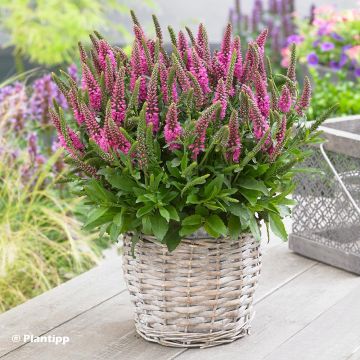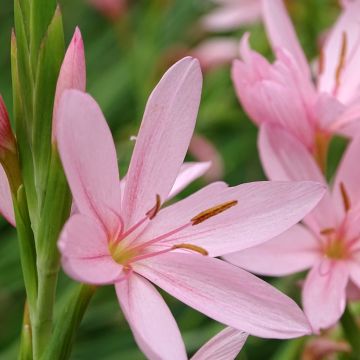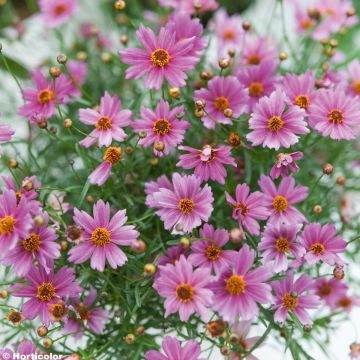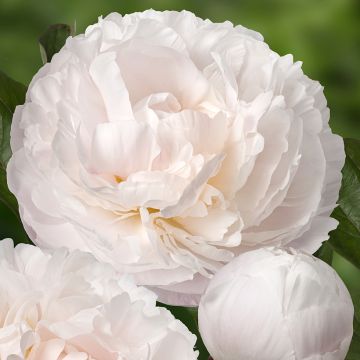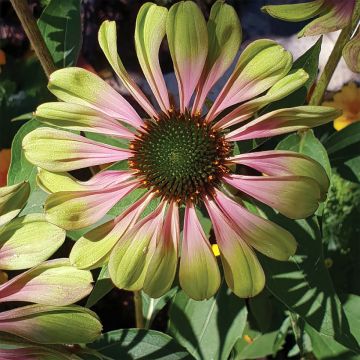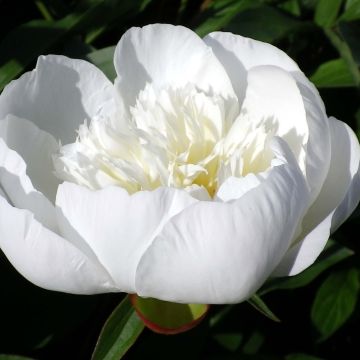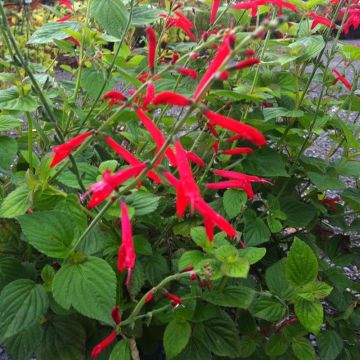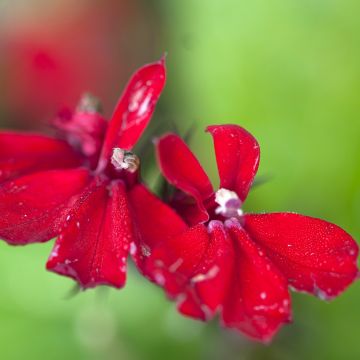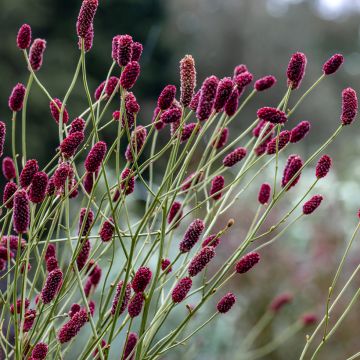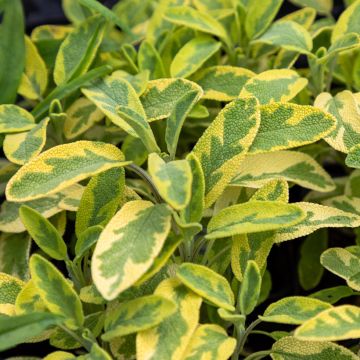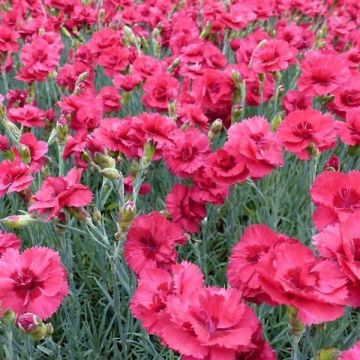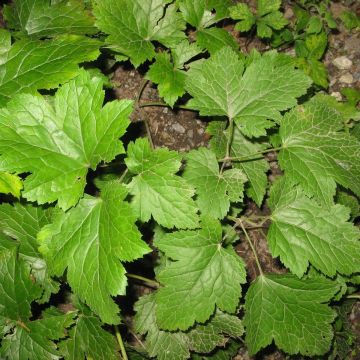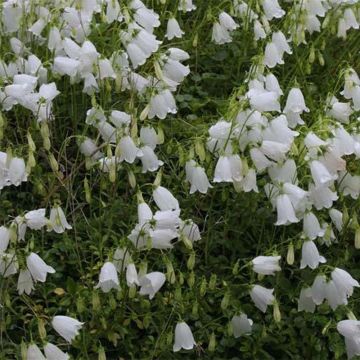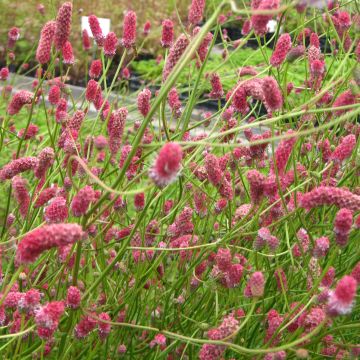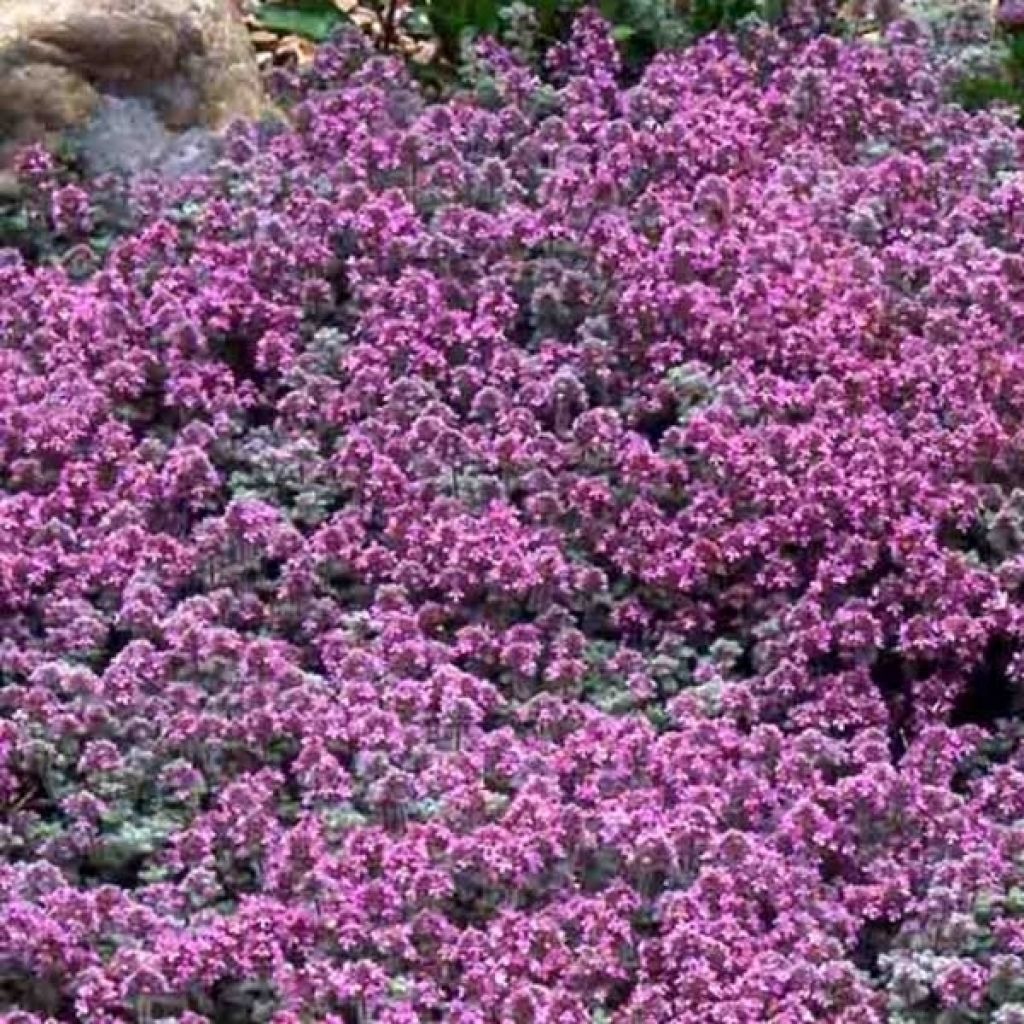

Thymus pseudolanuginosus - Thyme
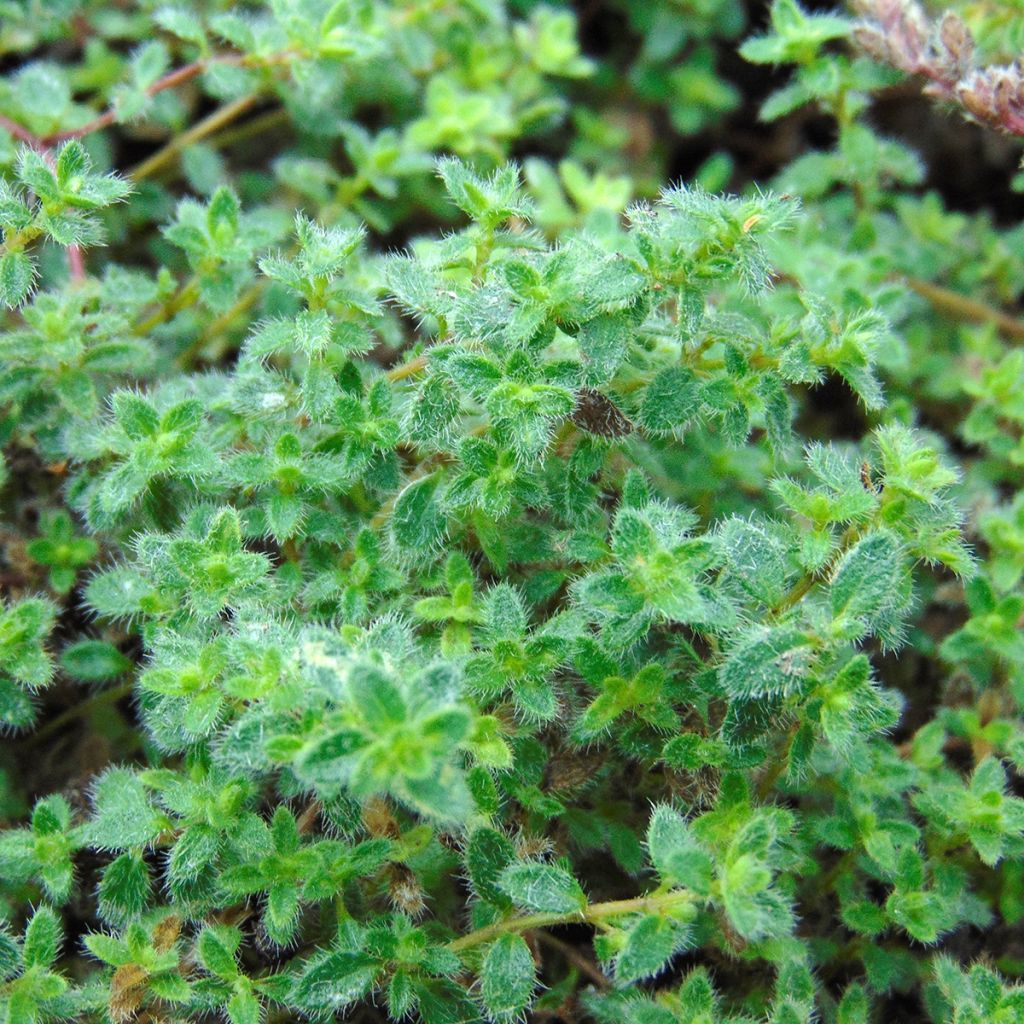

Thymus pseudolanuginosus - Thyme
Thymus pseudolanuginosus - Thyme
Thymus pseudolanuginosus
Woolly Thyme, Wild Thyme
Plants well packed, soil still moist so watered before their departure. Planted immediately in the ground... Beautiful roots, so now just have to watch them grow and wait for their flowering next year!! Thank you.
HELENE, 19/11/2024
This item cannot be shipped to the selected country
Delivery charge from €5.90
Delivery charge from €5.90
More information
Schedule delivery date,
and select date in basket
This plant carries a 12 months recovery warranty
More information
We guarantee the quality of our plants for a full growing cycle, and will replace at our expense any plant that fails to recover under normal climatic and planting conditions.
From €5.90 for pickup delivery and €6.90 for home delivery
Express home delivery from €8.90.
From €5.90 for pickup delivery and €6.90 for home delivery
Express home delivery from €8.90.
Does this plant fit my garden?
Set up your Plantfit profile →
Description
Thymus pseudolanuginosus, also known as wild thyme or woolly thyme, is an adorable little creeping ornamental thyme that forms large woolly-looking carpet-like mats, as soft to the eye as it is to the touch. Rare small clusters of pale-pink flowers dot its beautiful aromatic vegetation in late spring or early summer. It forms a very low, uniform and highly spreading ground cover. It is superb in rockeries. It can also be used to fill in the gaps between paving stones or as a wall cover. It thrives in full sun and in very well-drained soils, even ones that are dry in summer.
Thymus pseudolanuginosus, like all thymes, belongs to the Lamiaceae family. Its origin is uncertain and subject to discussion among specialists: it may be a hybrid between the species T. praecox and T. serpyllum, although it is considered by some botanists as a separate species. It thrives perfectly in limestone and tolerates summer drought once well rooted. It is a perfectly hardy plant in well-drained soil.
This perennial undershrub forms a dense carpet of quadrangular and very hairy, creeping, highly branched stems, with little lignification at the base, which easily root upon contact with the ground. Reaching a height of 5 to 10cm (2 to 4in), woolly thyme spreads quite rapidly over 60cm (24in) to 1m (3ft). The tiny round leaves, which persist even in winter, are tightly packed on very short secondary stems. They are covered with numerous small stiff and silky white hairs, responsible for the fluffy appearance and grey-green colour of the foliage. This woolly vegetation also gives off a very pleasant fragrance when touched or crushed. The small pale lavender-pink flowers sporadically appear in June (from May to July depending on the region), clustered in heads. However, it is possible for woolly thyme not to flower at all. Its flowers are popular with bees.
Wild thyme is mainly cultivated for the beauty of its foliage than for its flowering. It deserves a prominent place in a warm and dry rockery. It is a perfect ground cover at the base of shrubs trimmed into topiaries. It can also be planted in a container or on top of a wall, where it can cascade like a velvet curtain. Some gardeners use it to replace lawns in lightly trafficked areas, on embankments, or around stepping stones, where it softens the edges. It is also suitable for creating green roofs. Combine Thymus pseudolanuginosus with sedums, houseleeks, erodiums, erigerons, or oreganos, for example.
Report an error about the product description
Thymus pseudolanuginosus - Thyme in pictures
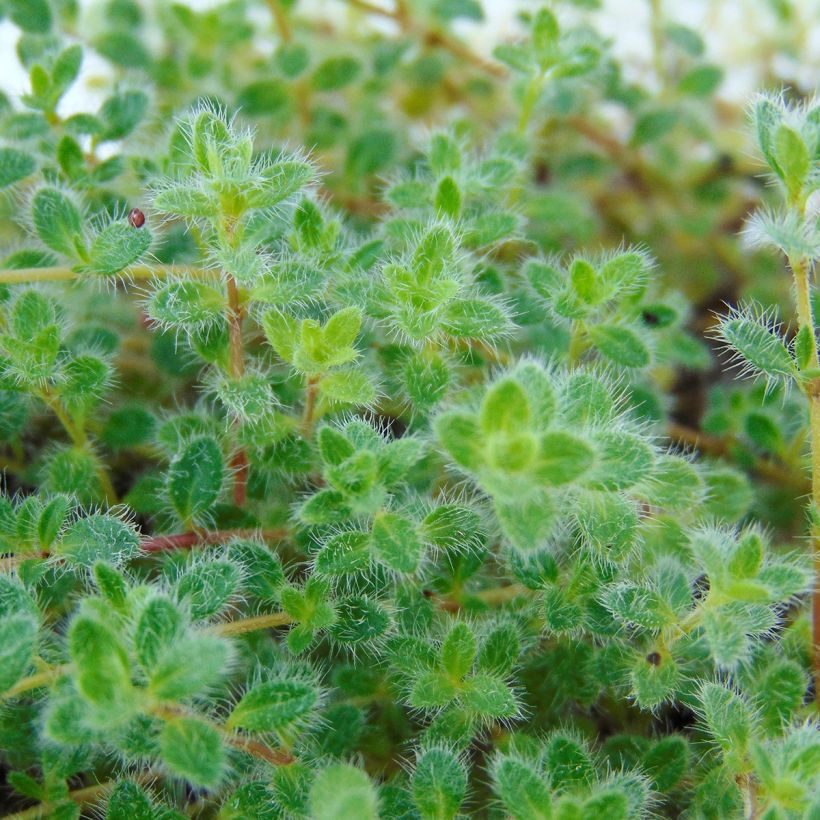

Flowering
Foliage
Plant habit
Botanical data
Thymus
pseudolanuginosus
Lamiaceae
Woolly Thyme, Wild Thyme
Cultivar or hybrid
Other Perennials A to Z
Planting and care
Mediterranean thymes are the champions of dry and poor soils, even limestone ones. In full sun, they emit their powerful fragrance. However, mountain species are generally more sensitive to summer water shortage. The woolly thyme is somewhat intermediate between these two categories. It withstands summer drought quite well but appreciates finding some depth of moisture. Plant it in full sun, in very well-drained soil with the addition of stones or gravel, especially in regions with humid and cold winters. Its hardiness is excellent under these conditions. Thyme finds its place in rock gardens, paved gardens, or alpine plant troughs. It can even be grown in pots, on the kitchen windowsill for example, if it is well-oriented.
Planting period
Intended location
Care
-
, onOrder confirmed
Reply from on Promesse de fleurs
Summer flowering perennials
Haven't found what you were looking for?
Hardiness is the lowest winter temperature a plant can endure without suffering serious damage or even dying. However, hardiness is affected by location (a sheltered area, such as a patio), protection (winter cover) and soil type (hardiness is improved by well-drained soil).

Photo Sharing Terms & Conditions
In order to encourage gardeners to interact and share their experiences, Promesse de fleurs offers various media enabling content to be uploaded onto its Site - in particular via the ‘Photo sharing’ module.
The User agrees to refrain from:
- Posting any content that is illegal, prejudicial, insulting, racist, inciteful to hatred, revisionist, contrary to public decency, that infringes on privacy or on the privacy rights of third parties, in particular the publicity rights of persons and goods, intellectual property rights, or the right to privacy.
- Submitting content on behalf of a third party;
- Impersonate the identity of a third party and/or publish any personal information about a third party;
In general, the User undertakes to refrain from any unethical behaviour.
All Content (in particular text, comments, files, images, photos, videos, creative works, etc.), which may be subject to property or intellectual property rights, image or other private rights, shall remain the property of the User, subject to the limited rights granted by the terms of the licence granted by Promesse de fleurs as stated below. Users are at liberty to publish or not to publish such Content on the Site, notably via the ‘Photo Sharing’ facility, and accept that this Content shall be made public and freely accessible, notably on the Internet.
Users further acknowledge, undertake to have ,and guarantee that they hold all necessary rights and permissions to publish such material on the Site, in particular with regard to the legislation in force pertaining to any privacy, property, intellectual property, image, or contractual rights, or rights of any other nature. By publishing such Content on the Site, Users acknowledge accepting full liability as publishers of the Content within the meaning of the law, and grant Promesse de fleurs, free of charge, an inclusive, worldwide licence for the said Content for the entire duration of its publication, including all reproduction, representation, up/downloading, displaying, performing, transmission, and storage rights.
Users also grant permission for their name to be linked to the Content and accept that this link may not always be made available.
By engaging in posting material, Users consent to their Content becoming automatically accessible on the Internet, in particular on other sites and/or blogs and/or web pages of the Promesse de fleurs site, including in particular social pages and the Promesse de fleurs catalogue.
Users may secure the removal of entrusted content free of charge by issuing a simple request via our contact form.
The flowering period indicated on our website applies to countries and regions located in USDA zone 8 (France, the United Kingdom, Ireland, the Netherlands, etc.)
It will vary according to where you live:
- In zones 9 to 10 (Italy, Spain, Greece, etc.), flowering will occur about 2 to 4 weeks earlier.
- In zones 6 to 7 (Germany, Poland, Slovenia, and lower mountainous regions), flowering will be delayed by 2 to 3 weeks.
- In zone 5 (Central Europe, Scandinavia), blooming will be delayed by 3 to 5 weeks.
In temperate climates, pruning of spring-flowering shrubs (forsythia, spireas, etc.) should be done just after flowering.
Pruning of summer-flowering shrubs (Indian Lilac, Perovskia, etc.) can be done in winter or spring.
In cold regions as well as with frost-sensitive plants, avoid pruning too early when severe frosts may still occur.
The planting period indicated on our website applies to countries and regions located in USDA zone 8 (France, United Kingdom, Ireland, Netherlands).
It will vary according to where you live:
- In Mediterranean zones (Marseille, Madrid, Milan, etc.), autumn and winter are the best planting periods.
- In continental zones (Strasbourg, Munich, Vienna, etc.), delay planting by 2 to 3 weeks in spring and bring it forward by 2 to 4 weeks in autumn.
- In mountainous regions (the Alps, Pyrenees, Carpathians, etc.), it is best to plant in late spring (May-June) or late summer (August-September).
The harvesting period indicated on our website applies to countries and regions in USDA zone 8 (France, England, Ireland, the Netherlands).
In colder areas (Scandinavia, Poland, Austria...) fruit and vegetable harvests are likely to be delayed by 3-4 weeks.
In warmer areas (Italy, Spain, Greece, etc.), harvesting will probably take place earlier, depending on weather conditions.
The sowing periods indicated on our website apply to countries and regions within USDA Zone 8 (France, UK, Ireland, Netherlands).
In colder areas (Scandinavia, Poland, Austria...), delay any outdoor sowing by 3-4 weeks, or sow under glass.
In warmer climes (Italy, Spain, Greece, etc.), bring outdoor sowing forward by a few weeks.



































